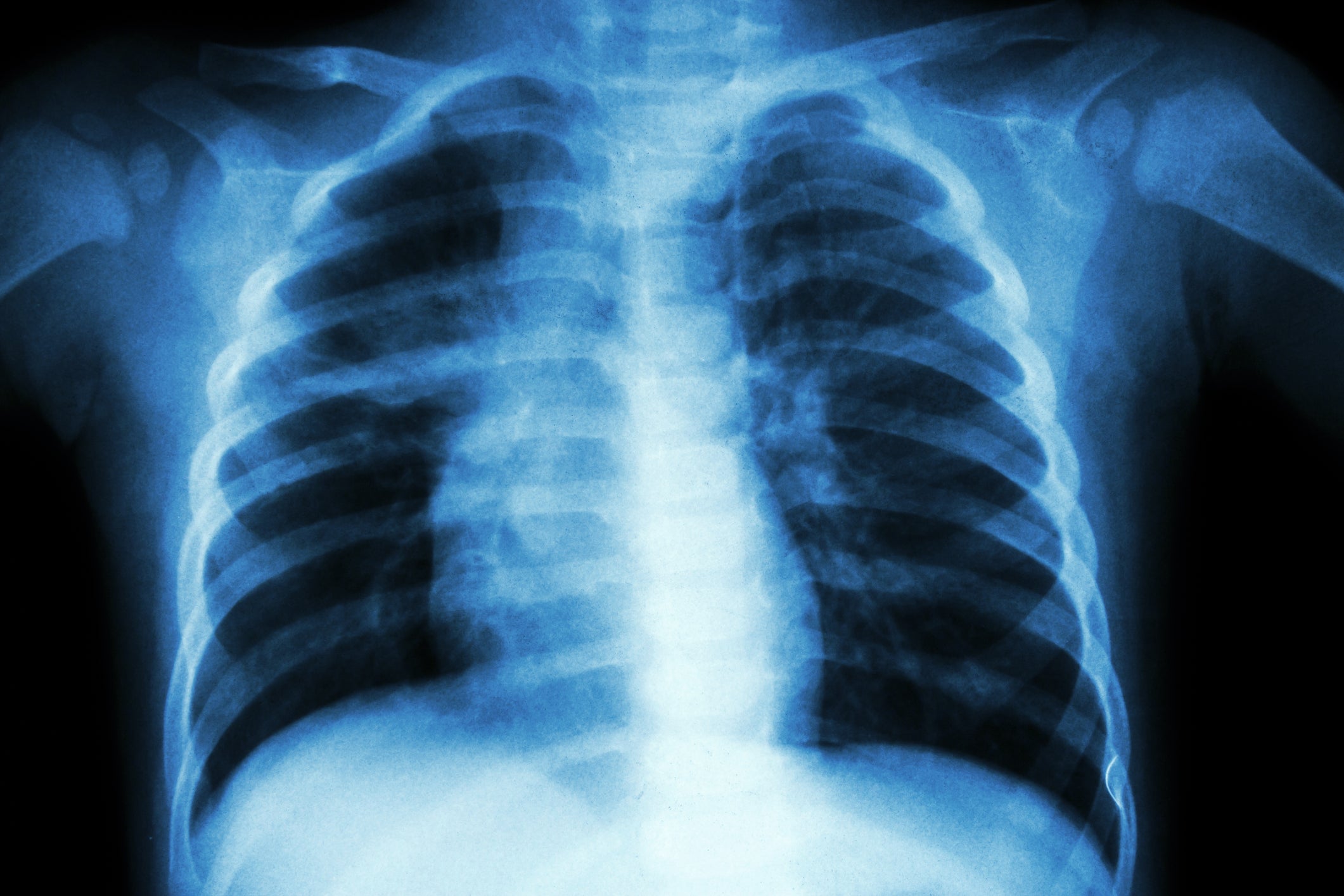Testing a new approach to treat severe acute malnutrition

Severe acute malnutrition—a condition often caused by acute food shortage or infection—affects at least 50 million children each year, most under the age of 2. Although many with this life-threatening condition can be treated in outpatient health centers, only 1 in 10 children in need receive treatment each year. The current model of care is effective but expensive, and requires regular visits to the health center which can be time-consuming for both staff and families. In some areas, caregivers may walk several hours each way to get their children the care they need.
Is there another model of treatment that can increase access and save lives while reducing the burden on health center staff and families? To explore this question, Sheila Isanaka, associate professor of nutrition, launched a study with support from Epicentre, Médecins Sans Frontières, and The Children’s Investment Fund Foundation to test a new approach. Watch the video to learn more about the team’s research in Sokoto, Nigeria.
Research Update: July, 2021
- Study design: Ten health centers in Sokoto, Nigeria were randomly assigned to use the standard weekly schedule of follow-up or a new monthly schedule of follow-up for the outpatient treatment of severe acute malnutrition (SAM). From January 2018 to November 2019, 3,945 children aged 6-59 months were enrolled at the health centers, 96% of whom were followed until treatment ended.
- Key findings: The research team found that nutritional recovery was lower with monthly follow-up compared to weekly follow-up (52.4% vs 58.8% of children recovered). The proportion of children defaulting (e.g. missing scheduled visits) was lower with monthly follow-up than in weekly follow-up (5.5% vs. 8.4%), suggesting possibly greater acceptability of the monthly follow-up among caregivers. Three months after treatment ended, children in monthly follow-up were also less likely to relapse compared to those in the weekly group (5.9% vs. 7.8), however the cumulative number of deaths was higher with monthly follow-up (8.5% vs. 6.2%).
- Discussion and takeaways: This study suggests that, where feasible, a weekly schedule of clinic visits should still be preferred to maintain effectiveness and safety of outpatient SAM treatment. However, where geographic coverage of programs is low, or frequent travel to outpatient clinics is difficult or impossible, a monthly schedule of follow-up may provide an alternative model to deliver treatment to children in need. Modifications to the outpatient follow-up schedule, for example weekly clinic visits until initial weight gain has been achieved followed by monthly visits, could increase the safety and effectiveness of the model and add flexibility for program delivery.
Photo: Taylor Glenn


